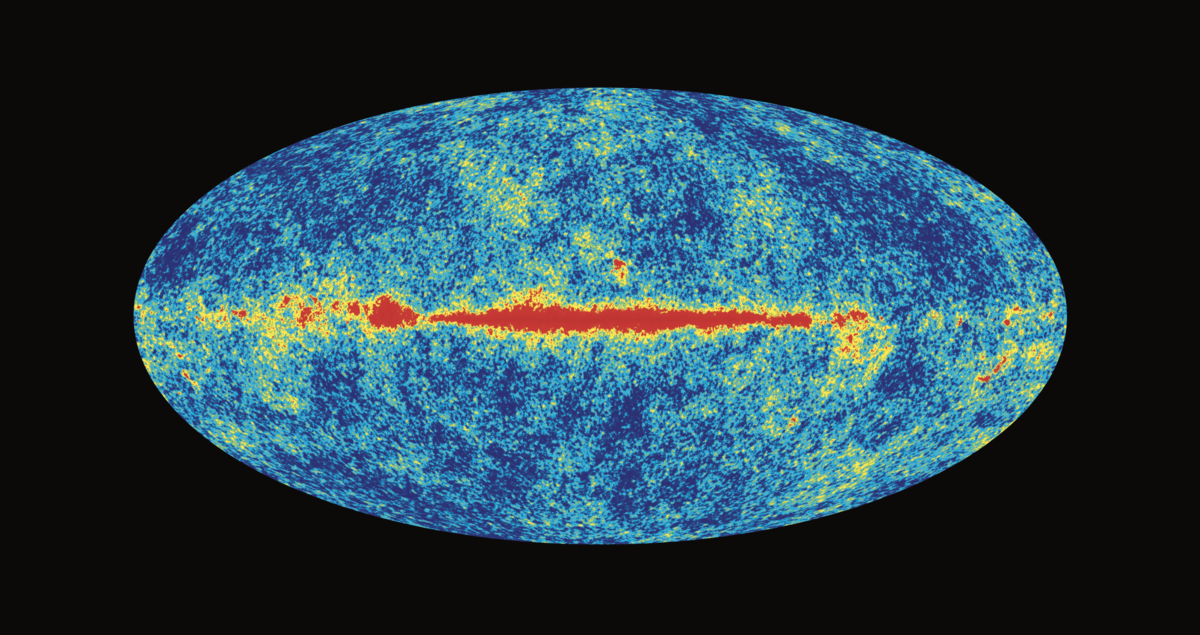Standard models of cosmology are largely founded on two key principles: the Copernican Principle and the Cosmological Principle. The Copernican Principle states that Earth, and indeed everything about us, is ordinary, meaning we do not occupy a special or central location in the universe. This concept aligns with the Cosmological Principle, which suggests that the universe, on its largest scales, is homogeneous (uniformly distributed) and isotropic (it looks the same in every direction).
The best evidence supporting these ideas, and the Big Bang theory, comes from measurements of the Cosmic Microwave Background (CMB). The CMB is remnant radiation from events in the early universe, observed when viewing the sky in microwave wavelengths. Measurements indicate that the CMB temperature is virtually uniform across the sky, maintaining a temperature of 2.73 Kelvin everywhere. This uniformity suggests that all regions of the sky were causally connected at some point in time.
To detect minute variations, or anisotropy, in the CMB temperature across the sky, astronomers utilize multipole expansion. If the universe were perfectly isotropic, the directional axes for these different scales (such as the quadrupole and octopole) would be expected to point randomly.
However, high-resolution data analysis indicates an unexpected alignment: the axes associated with the quadrupole and octopole scales appear to point in almost the same direction. This anomaly suggests a potential departure from perfect isotropy. Compounding this observation, these measured axes also align with our solar system’s ecliptic plane.
This potential directional preference raises important questions about the validity of the Copernican Principle. If this alignment is a real physical feature and not merely a statistical chance or systematic error, it implies that the location of Earth and our solar system might be cosmologically significant.
If the assumption of a homogeneous and isotropic universe is incorrect, this could have significant implications for modern physics. The standard cosmological model (Lambda CDM) relies on these principles. A departure from the Copernican Principle could, for example, remove the need for concepts such as dark energy or the accelerating expansion of the universe to explain current observations. This matter remains an unanswered question in cosmology.




